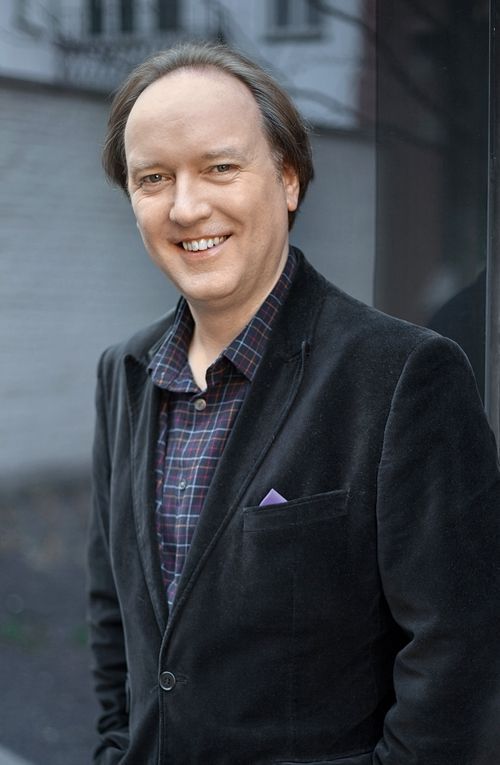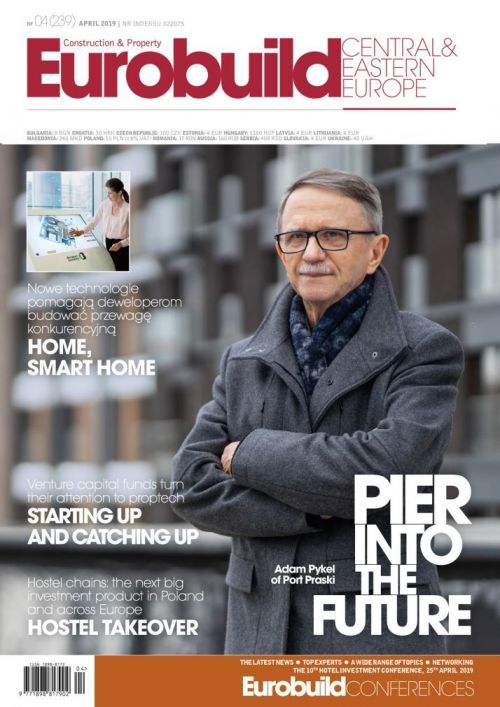Chronic art failure
Endpiece
My good mood, however, was abruptly cut short a few seconds later when I was attacked by a swarm of vicious flying hamsters. I promptly woke up and realised that it was still late winter, winged killer-hamsters don’t actually exist, and we don’t have the technology to genetically splice penguins with rabbits. And the less said about where we are with Brexit, the better. I also realised that I shouldn’t eat four-cheese pizza just before bedtime. As for the abundance of public art works in Warsaw – sadly, they too were a phantom generated by my cheese-addled brain.
Probably this latter subject had been on my mind because a few days earlier I’d attended a conference all about it. At this forum, the consensus was that compared to many European capitals – and even to provincial Polish cities – Warsaw is particularly lacking in public art. The public art it has seems to amount to a few minor sculptures and murals dotted around the city as well as the graffiti along the wall of the racecourse. Graffiti, despite its association with vandalism, is a genuine form of artistic expression and it certainly brightens up this drab wall. But it does mainly seem to consist of the elaborate name tags that graffiti artists create as they compete with each other to produce the most psychedelic calling card possible. By nature, it’s an art scene that generally communicates with itself rather than anything outside it. And added to that, my next-door neighbours hate that wall – although admittedly the two of them may not constitute a representative cross-section of Polish society.
As for the murals in Warsaw, some do liven up the appearance of old or dull buildings very well (e.g. the Wola district montage, or the one celebrating David Bowie’s association with the city, in which Ziggy Stardust’s lightning flash morphs into the Palace of Culture). Some, however, are just plain weird – like those close to my home that feature Disney characters smoking cigars, wearing turbans or top hats, waving wads of dollars, starting fires and throwing bombs. If their sledgehammer subtlety has defeated you, they represent Western capitalism in league with terrorism. I can’t imagine, even in these politically febrile times, that these works speak to more than just a lunatic fringe of society. Well, fingers-crossed they don’t. Apart from that, Warsaw has had: a palm tree on a traffic island that was for some reason hated by the current ruling party, a rainbow made of paper flowers that was regularly set on fire by far-right homophobes, some pink deer... and that’s about it.
In Prague, on the other hand, among the art you can see on a short random stroll through the city are the wonderfully subversive works by enfant terrible sculptor David Černý, such as the giant faceless babies that scaled the city’s TV Tower until recently. While in Berlin whole quarters, chief among them Friedrichschain in the old east city, appear to have been taken over by street artists.
Why the lack of public art in Warsaw? Maybe the problem is the history of the city, which was once littered with idealised socialist realist statues and bas-reliefs portraying the nobility of peasants and workers – the kind of people those who commissioned them probably did everything to avoid ever meeting or living near. Since then the city has tended to be ruled by those on the more technocratic side of the political spectrum, interested more in business and investment than in the arts. While the national government actually seems to hate art. So if the politicians aren’t going to change things, maybe the private sector can?
The problem seems to be that Warsaw just doesn’t see the point of public art. Maybe other cities need it, as a way to revitalise themselves to attract tourists, investment, new residents – but Warsaw is doing fine without it. This all might be true, but even a business-oriented city should still be an interesting and stimulating place for its inhabitants. And Warsaw can’t rely on being a boomtown forever – if and when the economy goes sour, it will need something other than big business to sustain it and to compete with other cities in the region in terms of attractiveness. I don’t know how Warsaw will eventually be able to embrace public art in a more profound way, but it is much needed and can actually be done here. It’s really not the stuff of cheese-induced dreams.





















































